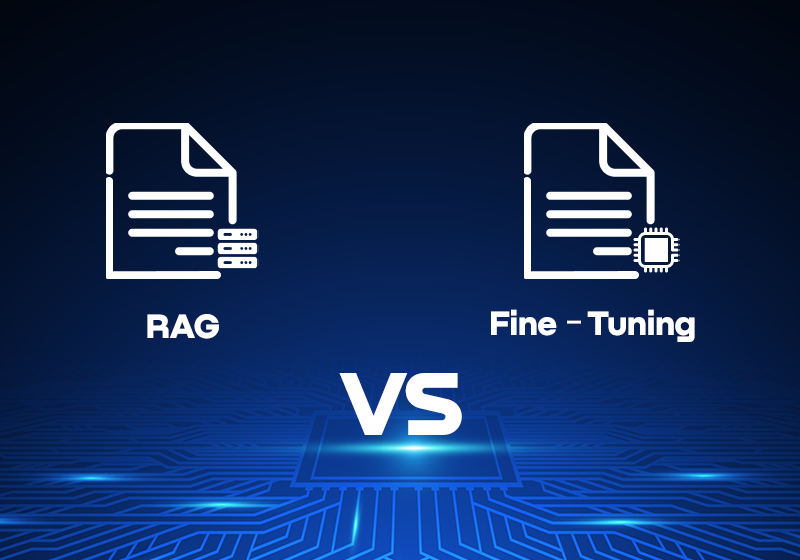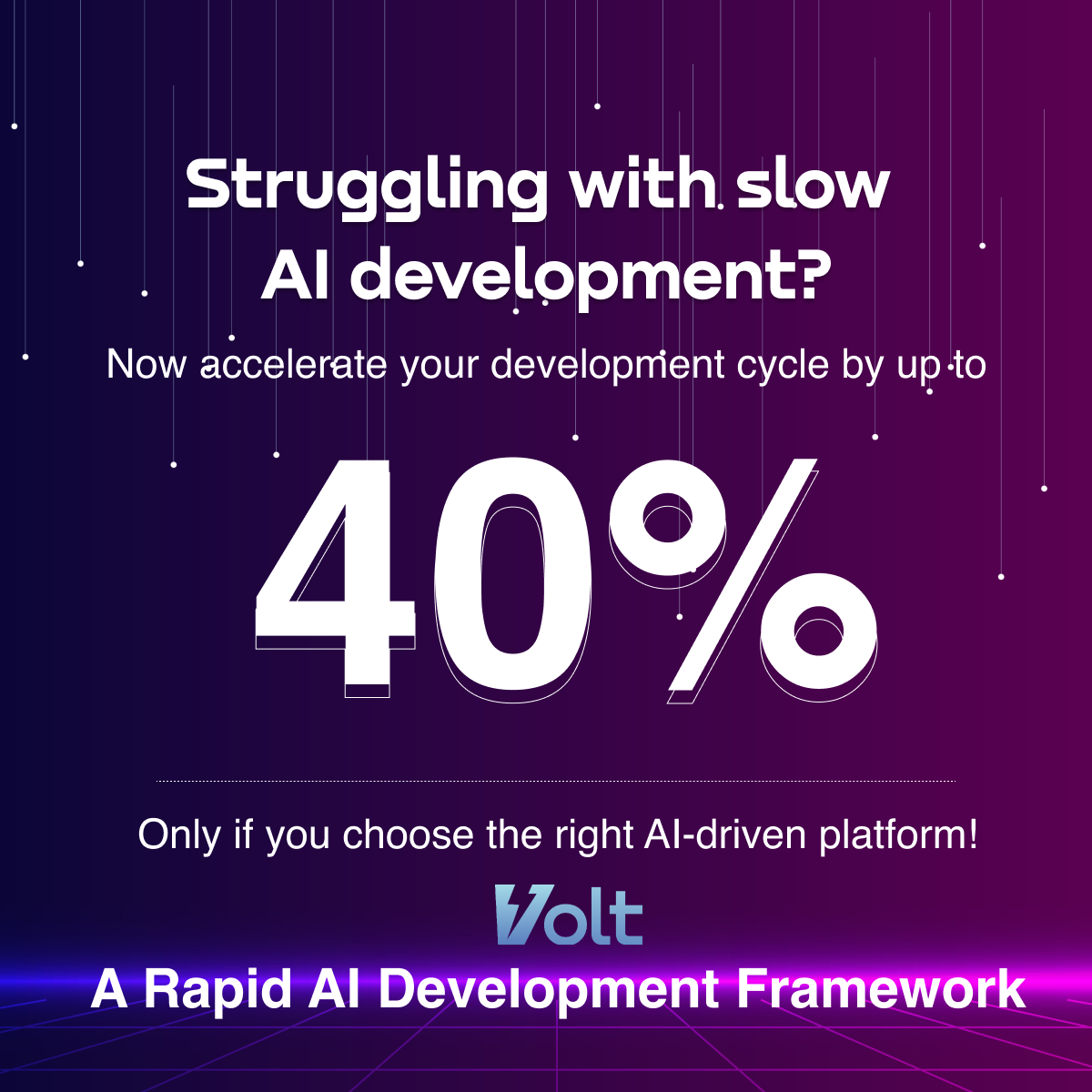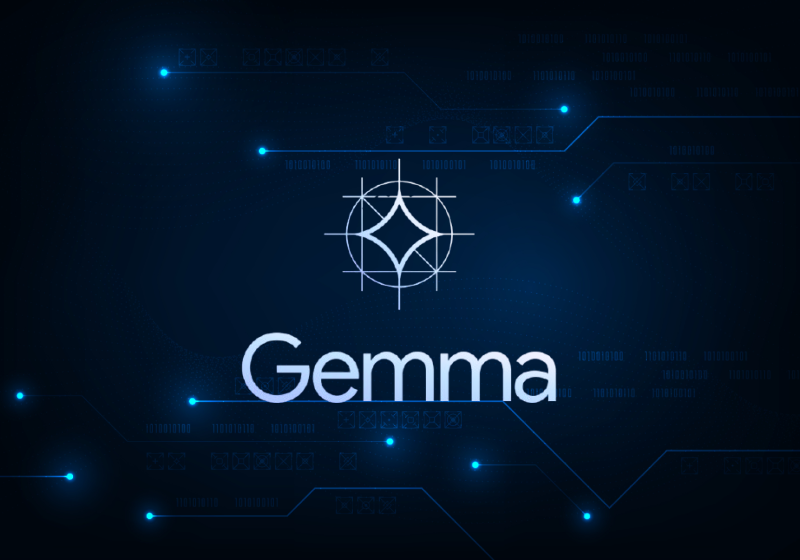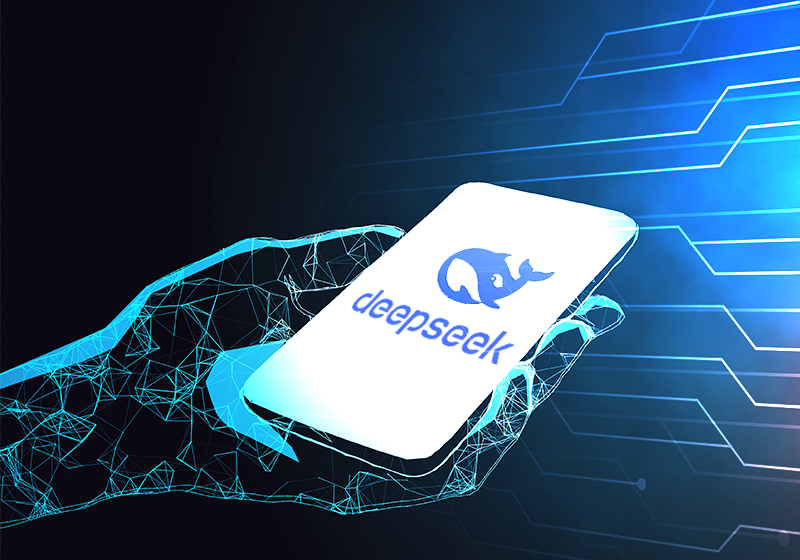LLM
RAG vs Fine-Tuning: Choosing the Best Approach for LLM
 Updated 07 Feb 2025
Updated 07 Feb 2025

Enterprise AI solution development is at a tremendous pace while organizations pursue groundbreaking solutions to achieve operational excellence and increase their return on investment. Industry reports show Large Language Models (LLMs) soared in adoption while generative AI received $35 billion in investments through global investments during the recent year and maintained a 65% increase year-on-year. Large Language Model implementation by enterprises continues to centre around two main approaches Retrieval Augmented Generation (RAG) and Fine-Tuning. Organizations need to understand these approaches because they help improve their decision-making by tailoring solutions specifically for their needs mainly in high-stakes fields such as healthcare, finance, and e-commerce.
To help you navigate this complex choice, Q3 Technologies offers tailored LLM solutions, ensuring optimal performance for your use cases. Whether you aim to hire LLM developers, explore the best retrieval-augmented generation sites, or leverage tools to fine-tune embedding models for retrieval-augmented generation, we provide end-to-end support for your AI transformation journey. Book a consultation today to learn how we can accelerate your AI initiatives.
Understanding RAG and Fine-Tuning: The Basics
What is RAG (Retrieval-Augmented Generation)?
Retrieval-augmented generation (RAG) utilizes generative language models together with retrieval capabilities to produce its output. RAG systems combine pre-trained elements with dynamic data retrieval abilities that allow them to obtain important information from external resources directly when responding in real time. The combination of retrievable stored information and generative modelling proves very effective for medical applications that require accurate and updated specialist knowledge. Through its ability to minimize dependency on static training data RAG delivers adaptability and relevance to evolving datasets.
RAG systems extract medical clinical guidelines and research papers from databases to generate precise context-driven solutions for healthcare professionals. Statistical settings combined with real-time external database access deliver more accurate and suitable information in contrast to models constrained to training-based static data inputs.
Key Features of RAG:
- Real-time Data Access: Through real-time source data extraction RAG maintains model-data consistency by accessing current information.
- Adaptability:The adaptive nature of RAG helps it update easily as data changes so it becomes suitable for active data use cases that need continuous updates such as news summaries e-commerce recommendations and financial analysis.
- Cost-Effective: RAG systems need minimal model retraining because they integrate external data retrieval components as an addition to the existing model structure thereby showing enhanced cost-efficiency compared to fine-tuning.
What is Fine-Tuning?
Fine-tuning is the process of taking a pre-trained LLM and retraining it on domain-specific data to enhance its performance for particular tasks. Unlike RAG, which pulls in new information from external sources, fine-tuning adjusts the model’s internal parameters to understand the context and nuances of a specific industry or field. This approach excels in scenarios where high precision is necessary, such as teaching AI knowledge specific to organizational workflows
Finance models benefit from pre-trained methods when process-specific financial details are applied through model adaptation for exceptional stock prediction and investment precision. Through medical domain-specific fine-tuning healthcare models discover enhanced capabilities to handle complex medical language thus achieving improved diagnostic accuracy and treatment planning.
Unlock the power of LLM development services with Q3 Technologies.
Connect now for custom AI solutions for smarter automation, advanced analytics, and seamless interactions.
RAG vs Fine-Tuning: A Comparative Analysis
| Aspect | Retrieval Augmented Generation (RAG) | Fine-Tuning |
|---|---|---|
| Flexibility | Dynamically retrieves external data in real-time | Static knowledge trained on a fixed dataset |
| Cost | Lower initial and ongoing costs | High initial investment for domain-specific tasks |
| Deployment Speed | Faster deployment with minimal retraining | Slower due to data preparation and model training |
| Precision | High relevance for recall-based tasks | Exceptional accuracy for specialized use cases |
| Adaptability | Highly adaptable to changing data | Limited to the knowledge at training time |
| Maintenance | Regular updates to the retrieval system | Requires periodic retraining |
When to Choose RAG vs Fine-Tuning
Understanding when to choose RAG over fine-tuning—or vice versa—depends on several factors, including your business goals, the type of application, and your resource availability.
Choose RAG when:
- You need real-time, up-to-date information that can be fetched from external sources.
- Your data is dynamic, and frequent updates are essential to maintain accuracy.
- You want a cost-effective solution with faster deployment times.
- You are working on tasks that require a high degree of relevance, such as news aggregation or customer service chatbots.
Choose Fine-Tuning when:
- Your application demands high precision and domain-specific expertise, such as legal, medical, or financial applications.
- You have a well-defined dataset that can be used for training the model.
- You are willing to invest in the resources necessary for retraining the model regularly to maintain accuracy.
Tools Needed to Implement RAG and Fine-Tuning
RAG Tools:
- Haystack: An open-source framework supporting modular RAG pipelines with integrations for document stores and retrievers.
- LangChain: Offers versatile RAG capabilities, enabling developers to connect LLMs with custom data sources.
- Pinecone: A vector database optimized for real-time retrieval, enhancing the efficiency of RAG systems.
Fine-Tuning Tools:
- Hugging Face Transformers: Provides pre-trained models and tools for fine-tuning, allowing precise adjustments for specific tasks.
- OpenAI Fine-Tuning API: Simplifies the fine-tuning process with robust pre-trained GPT models.
- Weights & Biases: Facilitates experiment tracking and hyperparameter optimization for fine-tuned LLMs.
Case Study: Healthcare Applications
RAG in Healthcare:
A global healthcare provider adopted a RAG-based system to improve patient diagnosis accuracy. By leveraging the best AI local retrieval augmented generation-medical, they achieved a 45% reduction in diagnostic errors and a 30% faster response time for patient queries.
Fine-Tuning in Healthcare:
Another organization used fine-tuned LLMs to teach AI knowledge specific to drug interactions and treatment protocols. This approach improved decision support systems by 60%, enhancing both safety and efficiency in clinical environments.
ROI Analysis: RAG vs Fine-Tuning
RAG:
- Initial Investment: Moderate
- Ongoing Costs: Low (focus on maintaining retrieval systems)
- Time to ROI: Short (quick deployment with immediate results)
Fine-Tuning:
- Initial Investment: High
- Ongoing Costs: Moderate (periodic retraining required)
- Time to ROI: Long (delayed but potentially higher returns for specialized tasks)
Optimize Your LLM Solutions Now
Connect with our Experts for custom LLM development!
Choosing the Best Approach for Your Needs
- Assess Data Dynamism: Regular Automatic Guidelines should be used when data needs constant updates for applications such as news summary generation and real-time analytics.
- Evaluate Precision Requirements: The need for accuracy dominance in particular domains should influence your decision to use fine-tuning because this approach works best when documenting legal material.
- Budget Constraints: The cost-effective RAG system enables scalability while precision fine-tuning offers long-term performance improvement for valuable applications.
Best Practices for Implementation
- Data Preprocessing: The method requires clean structured datasets for fine-tuning because it maximizes the performance output of models. Strengthen your retrieval databases by adding related content materials that feature high-quality results for RAG implementation.
- Hybrid Approaches: The combination of RAG as well as fine-tuning technology creates superior performance through their complementary methods.
- Continuous Monitoring: A continuous monitoring system tracks accuracy recall and response time metrics which provide real-time input for dynamic adjustments of both methods.
Highlights that Make Q3 Technologies the Right Partner for Your LLM Needs
- Expertise Across Domains: Q3 Technologies maintains expertise in developing LLMs while delivering individualized solutions to clients working in healthcare, e-commerce and financial services domains.
- Cutting-Edge Tools and Techniques: Through our use of the latest capabilities, we deploy top LLM RAG models and fine-tuning frameworks which ensures the best performance for your use cases.
- End-to-End Support: Our team will guide you through complete LLM support starting from strategy analysis which leads to smooth implementation into your operational workflows.
Conclusion
Your decisions between RAG or Fine-Tuning should be based on your business requirements along with your data requirements and financial capabilities. RAG’s flexibility and cost-effectiveness make it an ideal solution for applications that need data-driven adaptability while maintaining the high precision offered by leading LLM RAG models. Your LLMs can reach superior levels when you combine different operational elements from both approaches into strategic methods.
Q3 Technologies recognizes the need for tailored solutions because no approach fits every industry. Our LLM solution customization aims to provide the best possible ROI outcomes coupled with measurable performance results. We support all stages of LLM development along with RAG implementation versus fine-tuning model selection and domain-specific model customization requirements.
FAQs
What is the main difference between RAG and fine-tuning?
RAG dynamically retrieves real-time external data to enhance responses, making it ideal for constantly changing data. Conversely, fine-tuning involves retraining a pre-trained model with domain-specific data to provide precise responses.
Which approach is more cost-effective: RAG or fine-tuning?
RAG tends to have lower initial and ongoing costs since it avoids extensive retraining, while fine-tuning requires significant computational resources and expert intervention, leading to higher upfront costs.
How fast can RAG systems be deployed compared to fine-tuning?
RAG systems can be deployed quickly, leveraging pre-existing retrieval frameworks. Fine-tuning, however, requires data collection, model retraining, and validation, resulting in a slower deployment timeline.
Which approach is better for accuracy?
Fine-tuning excels in precision-driven applications requiring specialised knowledge, offering in-depth expertise. RAG is better suited for recall-based tasks but may not match the accuracy of fine-tuned models.
Can I use both RAG and fine-tuning together?
Yes, hybrid approaches combining RAG and fine-tuning can enhance performance by leveraging the strengths of both methods: real-time adaptability and domain-specific precision.
What tools are used to implement RAG?
Popular RAG tools include Haystack, LangChain, and Pinecone. These tools support modular pipelines, custom integrations, and efficient retrieval systems for dynamic data access.
What are the best tools for fine-tuning?
Hugging Face Transformers, OpenAI Fine-Tuning API and Weights & Biases are widely used tools for fine-tuning, enabling model adjustments and optimization for specific tasks.
How does RAG improve healthcare applications?
RAG systems help healthcare providers enhance diagnostic accuracy and response times by retrieving real-time medical information, improving decision-making and reducing errors.
What is the ROI of RAG versus fine-tuning?
RAG typically delivers quicker ROI due to its faster deployment and lower ongoing costs, whereas fine-tuning involves a higher initial investment but can yield longer-term returns for specialized tasks.
When should I choose RAG over fine-tuning?
RAG is ideal when your application requires frequent updates and real-time data, such as news summarization or dynamic analytics, whereas fine-tuning is best for specialized tasks requiring high precision.
Table of content
- Understanding RAG and Fine-Tuning: The Basics
- RAG vs Fine-Tuning: A Comparative Analysis
- When to Choose RAG vs Fine-Tuning
- Tools Needed to Implement RAG and Fine-Tuning
- Case Study: Healthcare Applications
- ROI Analysis: RAG vs Fine-Tuning
- Choosing the Best Approach for Your Needs
- Best Practices for Implementation
- Highlights that Make Q3 Technologies the Right Partner for Your LLM Needs
- FAQs




